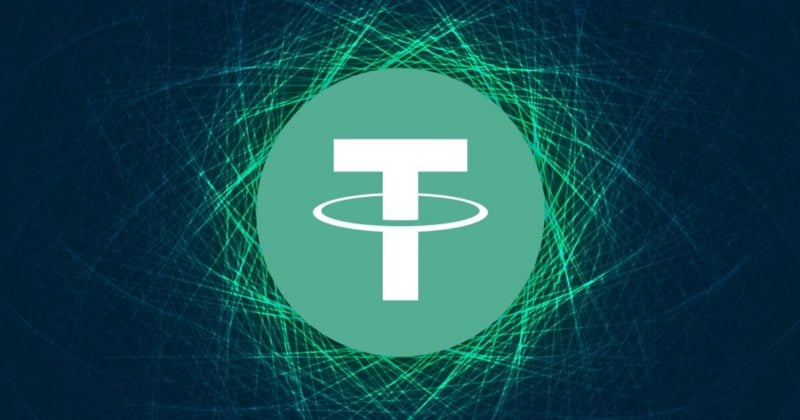Kaisar Network Airdrop: Revolutionizing Decentralized GPU Computing
.webp)
Credit: CryptoNetworkLive
Introduction to Kaisar Network.
Kaisar Network Airdrop A Decentralized Physical Infrastructure Network (DePIN) called Kaisar Network is at the forefront of innovation, with the goal of revolutionizing the access and use of GPU computing resources. The increasing popularity of AI and machine learning (ML) has led to an increase in demand for computing infrastructure that can operate at a high level and be scalable. Kaisar is a pioneer in gathering data on idle GPUs from various sources worldwide, including independent data centers, crypto miners, and households. This approach provides decentralized, cost-efficient, and scalable solutions to meet the growing computational needs of industries and researchers.

Credit: @KaisarNetwork
By utilizing its decentralized architecture, Kaisar facilitates the seamless consolidation of these resources into a well-organized and easily accessible network, bridgeting between untapped GPU potential and the increasing need for compute power. The paradigm shift in GPU computing is characterized by this disruptive approach, which not only empowers users but also challenges the traditional dominance of centralized cloud providers.
Mission Statement.
A clear and transformative goal of the Kaisar Network is to democratize access (and use) to high-performance computing while optimizing utilization of existing GPU resources. The Kaisar project envisions a future where the abundance of idle GPUs, spread across data centers, personal residences and cryptocurrency mining operations, is harnessed to meet the growing demand for AI and ML tasks.
Key Objectives of Kaisar’s Mission:

Credit: @KaisarNetwork
Scalable Computing Solutions:
Kaisar addresses the scalability challenges faced by traditional centralized GPU providers.? Utilizing idle GPUs worldwide, the network provides continuous access to a dynamic and flexible set of resources that can be modified as needed.
Cost Efficiency for Users:
Large-scale businesses and researchers are often impeded by the high costs of centralized GPU services. The decentralized model offered by Kaisar significantly reduces expenses, including some unreported costs like egress fees, and eliminates these barriers. However…
Environmental Sustainability:
The utilization of unused GPU resources through Kaisar reduces waste and provides an environmentally friendly alternative to energy-intensive centralized systems. A more sustainable approach to powering AI and ML workloads is made possible by this.
Empowering a Global Community:
By leveraging its decentralized architecture, Kaisar facilitate access to the GPU economy for individuals and organizations of all sizes. The ability to participate in the network and earn rewards is available to all GPU owners, regardless of their size, making it a win-win situation.
Beyond being a replacement for centralized systems, the Kaisar Network Airdrop vision is also reimagining computing power’s distribution and source. Through the integration of blockchain technology and decentralized principles, Kaisar establishes a stable, efficient, and secure environment. Apart from addressing current computational issues, the platform is an essential component in the future of AI and machine learning technology. By introducing an innovative model, Kaisar is challenging the current status of GPU computing and making it available to everyone.
Some extra details on Official Documentation of Kaisar Network
The Challenges in GPU Computing.
There are numerous obstacles that the industry faces in addressing the demand for high-performance computing through GPUs. These problems can be categorized broadly, including increasing compute needs, cost issues with traditional GPU cloud providers, and limitations of centralized GPU computing. Let’s explore each briefly:
1. Increasing Compute Requirements.
Artificial intelligence (AI) and machine learning(ML), have accelerated the exponential growth of compute needs.
Growing Investments in AI:
In 2023, spending on AI-based systems worldwide amounted to an impressive $154 billion. This amount is expected increase as AI solutions are increasingly adopted by industries like finance and healthcare in addition to logistics. The growth is indicative of the growing requirement for higher computing power to develop and implement advanced AI models.’
Demand for Advanced AI Hardware:
AI advancements are primarily dependent on dedicated GPUs, TPU/TPC, and custom AI chips. The computational complexity involved with training large-scale models, processing massive datasets, and performing real-time inference tasks is a crucial aspect of these devices. The focus on investing in hardware underscores the magnitude of compute requirements that organizations must meet to remain competitive….
2. Cost constraints of conventional GPU Cloud providers.?
Although traditional cloud providers offer convenience, they are often so expensive that many organizations cannot afford them.
.webp)
Hidden Costs:
Businesses often face unexpected costs, such as egress fees, which involve the transfer of data from cloud services. Hidden costs, along with inefficient resource allocation, can significantly increase overall expenses.
Wasteful Deployments:
This is especially true for smaller applications where the use of GPUs has inefficiencies. Despite not requiring the GPU’s full capacity, certain techniques use GPU pass-through methods to allocate an entire GPU to a workload. The outcome is reduced utilization and unused goods.
Rising Costs of AI Technology:
Despite the benefits of improved AI models, their implementation necessitated significant compute infrastructure investment. The use of advanced technologies necessitates robust hardware and extensive energy and cooling resources, which contribute to higher operational expenses.
3. Centralized GPU Computing Limitations.
While the GPU is widely used, its centralized architecture and other infrastructure constraints make it less flexible and efficient in use.
Scalability Issues:
Deficiencies of GPU resources are highly variable and require constant attention from centralized providers. Scaling up infrastructure to handle peak workloads often involves costly capital and lead times. Why?
High Upfront Costs:
Large GPU clusters demand significant financial resources. The plan involves procuring expensive graphics card GPUs, developing facilities capable of accommodating their power and cooling requirements, and hiring specialized personnel to manage their upkeep and operation.
Latency and Power Consumption:
Centralized solutions may have some limitations, including high network latency, which can impact performance in applications that prioritize latexity. Moreover, the deployment of dense GPUs consumes vast amounts of power and generates significant heat, necessitating sophisticated cooling mechanisms that raise operational expenses.









